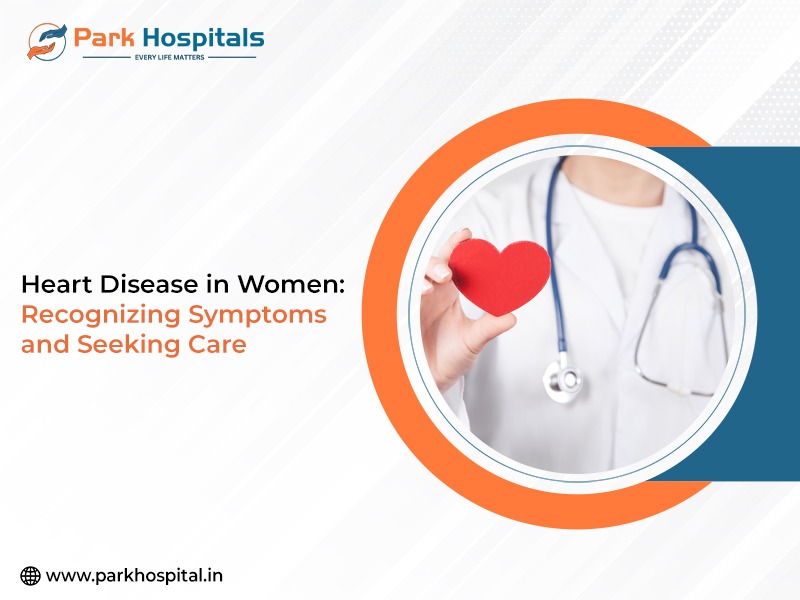The human body is one of the greatest miracles of nature. It is amazing how all the parts and systems come together, each with its role and purpose, to keep us alive and well, to keep our hearts beating.
The heart is probably the most important organ in the human body. And, one of the most prone to damage. That is why it is very important to ensure its health and well-being. But sometimes all our precautions and healthy habits are for naught because some ailments are not acquired but congenital- meaning present in our body since birth.
A hole in the heart is a congenital condition. It simply means an opening in the septum which is the partition between the left and right chambers of the heart. It forms because of the structural malformations during the development of the heart when the baby is inside the womb.
Holes in the heart are of two types: �
- VSD or Ventricular Septal Defect is an opening in the ventricular septum which divides the two sides of the ventricle i.e., blood pumping chamber of the heart.
- ASD or Atrial Septal Defect is an opening in the atrial septum which divides the two sides of the atrium i.e., the blood collection chamber of the heart.
Of the two VSD is more common in children while ASD is more common in adults. Some VSDs close on their own, if they don�t they require intensive treatment.
ASD and VSD: Causes
Some of the most common causes for holes in the heart are:-
- Genetic Disorder- The chances of a child getting born with the septal opening is high if one of or both parents have congenital heart conditions.
- Hereditary disorders like down syndrome increase the chance of heart defects
- Smoking and use of alcohol during pregnancy
- Rubella during pregnancy or Gestational Diabetes
An untreated hole in the heart can lead to conditions like arrhythmia, heart failure, and pulmonary hypertension.
Symptoms and Diagnosis
A few common symptoms of a hole in the heart are:
- Shortness of breath & Tiredness
- Swelling in legs, feet, or abdomen
- Stroke
- Heart murmur, a whooshing noise that can be heard by the doctor through a stethoscope
- Palpitations and Skipped beats
Heart murmurs are the most common way to identify a septal opening. It is confirmed with a heart X-ray or an ECG.
Some of the other tests and procedures that can be done are:-
- Pulse oximetry is used to check the blood�s oxygen level
- Cardiac catheterization to calculate the amount of mixing of blood and pressures in various chambers of the heart.
Treatment of ASD & VSD
Due to the advancement of technologies and healthcare, the fatalities related to holes in hearts have greatly diminished in recent years. While sometimes holes fill in on their own, mostly they require treatment which is as follows:
- Catheter Procedure: A catheter is inserted into the vein of the groin to push out the two small discs that are attached to it and plug the hole between the heart�s atria. It takes six months to grow normal tissues around the device.
- Surgery- A special patch is used to cover the hole after a heart surgery
In some cases, especially small babies the filling is allowed to take place naturally through extra nutritional supplements.
One can lead a mostly normal life after getting treatment for ASD and VSD although regular follow-ups must be done to avoid any complications.
If you are undergoing any symptoms related to ASD or VSD or you seek treatment for such, you must contact or visit your nearest Park Hospital. Park Hospitals are a chain of well-equipped and ably manned hospitals in and around Delhi NCR including in Faridabad. Park Hospital Faridabad boasts one of the best Cardiologists in Faridabad.



























































